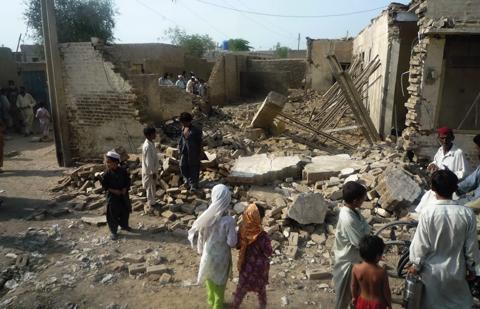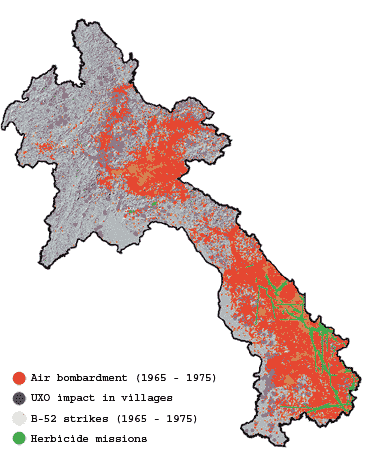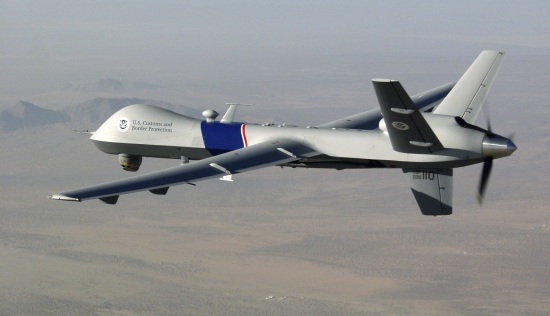The relative success of the US-led bombing campaign against the Islamic State (IS) is hard to judge. Unsurprisingly, the Obama administration has claimed that the heavy bombardment of the Islamic extremists has caused considerable damage to their capacity to wage war. Yet, what criteria the administration is using to measure this apparent success (numbers killed, lack of collateral damage, infrastructural degradation, territorial gains) is unclear.
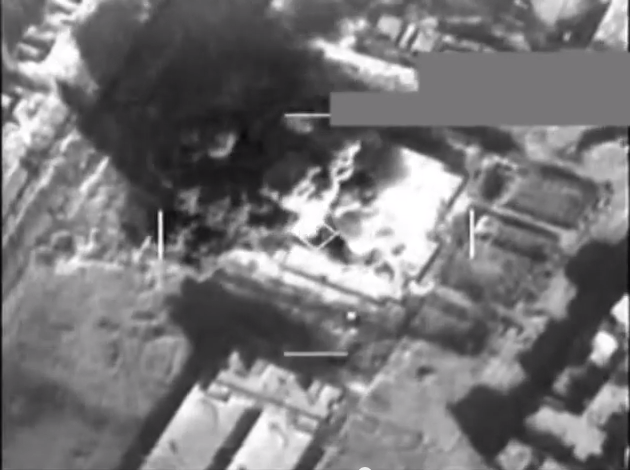
Targeted area bombing has now been a part of conventional warfare for some time; ever since WWI in fact. Successive perpetrators of this tactic have differed in their approach to bombing campaigns and used different means to assess its effectiveness.
One novel example of the degree to which governments theorise in a bid to implement the most effective bombing campaign comes from British Cabinet Office documents dating from 1942. Below is a reproduction of a letter written to Prime Minister Churchill by Lord Cherwell (a key proponent of area bombing), entitled ‘Estimation of Bombing Effect’:
Prime Minister,
The following seems a simple method of estimating what we could do by bombing Germany:-
Careful analysis of the effects of raids on Birmingham, Hull and elsewhere have shown that, on the average, 1 ton of bombs dropped on a built-up area demolishes 20-40 dwellings and turns 100-200 people out of house and home.
We know from our experience that we can count on nearly 14 operational sorties per bomber produced. The average lift of the bombers we are going to produce over the next 15 months will be about 3 tons. It follows that each of these bombers will in its lifetime drop about 40 tons of bombs. If these are dropped on built-up areas they will make 4,000-8,000 people homeless.
In 1938 over 22 million Germans lived in 58 towns of over 100,000 inhabitants, which, with modern equipment, should be easy to find and hit. Our forecast output of heavy bombers (including Wellingtons) between now and the middle of 1943 is about 10,000. If even half the total load of 10,000 bombers were dropped on the built-up areas of these 58 German towns the great majority of their inhabitants (about one-third of the German population) would be turned out of house and home.
Investigation seems to show that having one’s house demolished is most damaging to morale. People seem to mind it more than having their friends or even relatives killed. At Hull signs of strain were evident, though only one-tenth of the houses were demolished. On the above figures we should be able to do ten times as much harm to each of the 58 principal German towns. There seems little doubt that this would break the spirit of the people.
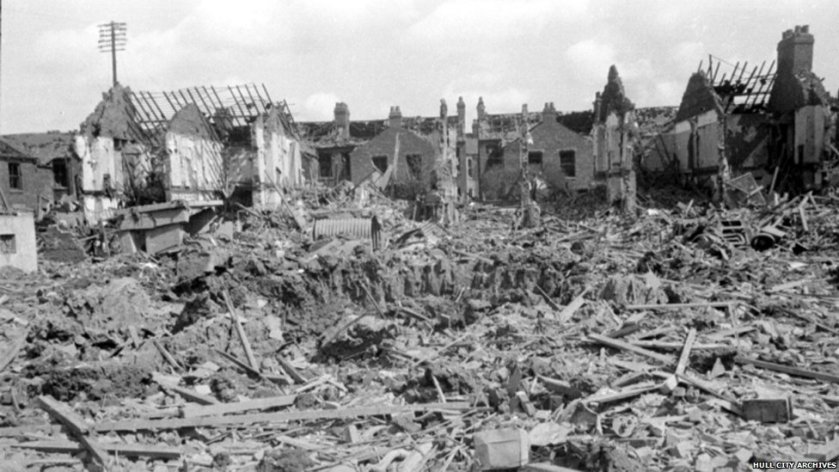
Our calculations assume, of course, that we really get one-half of our bombs into built-up areas. On the other hand, no account is taken of the large-promised American production (6,000 heavy bombers in the period in question). Nor has regard been paid to the inevitable damage to factories, communications and such in these towns and the damage by fire, probably accentuated by break-down of public services.
Cherwell
This cold, scientific reasoning resonates with prophecy. Indeed, the RAF, backed by the USAAF, caused untold damage to German cities with their indiscriminate carpet bombing of both industrial and civilian areas. It is easy (and possibly fair) to crticise this callous approach, yet from a tactical viewpoint the strategy was a success and proved significant in ending the war in favour of the Allies.

Whether the US has such a reasoned plan in place now – given that most officials say the degradation and destruction of IS will take several years – is not known. Operating in a completely different environment to the British in WWII, against a completely different enemy (where collateral damage must be avoided at all costs), means that the tactical similarities will be limited.
Foresight, however, is paramount. If the US-led coalition has not planned accordingly, a tactical manoeuvre mid-campaign may be required. Anything to avoid putting boots on the ground.
Source
CAB 80/35 National Archives http://discovery.nationalarchives.gov.uk/details/r/C387258

